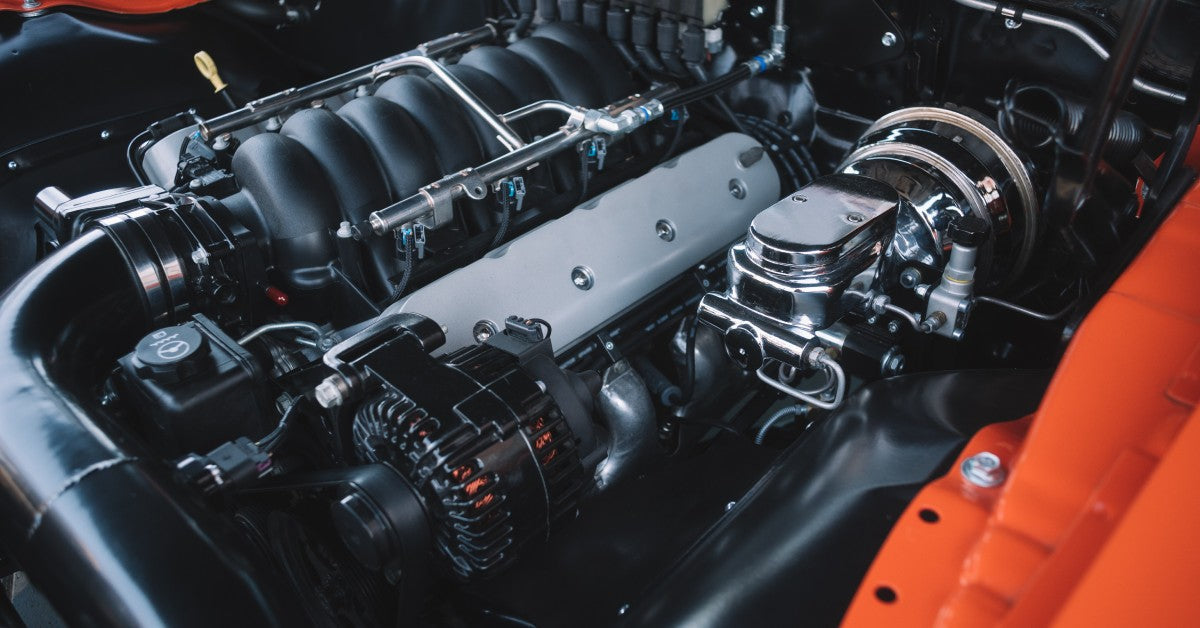

V2V-enabled cars will be able to communicate, giving each other a heads up about potential crashes, federal safety officials say.
Have you heard of V2V, E3 Spark Plugs fans? If not, you will soon. Officials with the National Highway Transportation Safety Administration (NHTSA) recently announced that America’s cars of the future will feature a potentially life-saving technology known as vehicle-to-vehicle (V2V) communication.
V2V allows your car to have a little chat with others on the road, giving that SUV two lanes over a heads up about oncoming danger. Well, kind of. Vehicles won’t actually talk a la K.I.T.T. (a little ’80s nostalgia there), but rather communicate via electronic signals about potential hazards. For instance, let’s say you’re waiting at an intersection when the light turns green. But the bonehead behind the wheel of a flashy little sports car in the perpendicular lane just doesn’t have time for his red light. So, he floors it, intent on making it across the intersection before you and the drivers in the neighboring lanes can rev up. Turns out he sucks at timing and nearly gets himself T-boned when your car hits the middle of the intersection quicker than he anticipated. You hit the brakes, and your ride sends out an electronic warning to other cars that there’s danger in the way. Those cars then sound alerts to their drivers.
Testing has shown that V2V cars exchange basic safety-relevant data including speed, direction and relative position at a rate of 10 times per second, giving drivers a quick 360-degree situational awareness about the potential of a collision. The result: a possible 80 percent drop in the number of car crashes on America’s roadways annually, according to NHTSA researchers.
V2V technology no doubt will be a feature in autonomous cars. But it also can be installed in new , non-autonomous cars and retrofitted for existing cars, allowing vehicles on the road to better avoid one another more quickly and surely via those electronic signals than by relying on human eyes and reflexes.
“By helping drivers avoid crashes, this technology will play a key role in improving the way people get where they need to go while ensuring that the U.S. remains the leader in the global automotive industry,” Transportation Secretary Anthony Foxx told reporters.
Besides helping scores of drivers avoid collisions, V2V technology also could improve traffic flow, save fuel and ultimately do away with the need for collision insurance once it hits mass acceptance. Critics worry that the communications could compromise privacy. Relax, NHTSA officials say.
“The system as contemplated contains several layers of security and privacy protection to ensure that vehicles can rely on messages sent from other vehicles and that a vehicle or group of vehicles would be identifiable through defined procedures only if there is a need to fix a safety problem,” the agency said.
Of course, it’s not lost on us here at E3 Spark Plugs, that V2V also lends a great premise for a awesomely bad low-budget horror flick. Do you agree? Post your thoughts on V2V on the E3 Spark Plugs Facebook Fan Page.







